Residents encouraged to remove snow and ice from roofs
CHENANGO COUNTY– Due to the heavy snow and ice accumulation this winter, the ongoing threat of more snow and a forecast of rising temperatures, Chenango County Bureau of Fire and Office of Emergency Management urges residents to inspect and clear their roofs and decks to prevent structural collapses, leaking roofs and other accidents caused by hazardous loads of melting snow and ice.
Chenango's Fire Coordinator and Director of Emergency Management, Matt Beckwith, said there has been a wave of roof collapses throughout the Northeast due this winter's heavy snow fall and record low temperatures. Regular snowstorms and freezing temperatures have created a build-up of snow and ice on rooftops.
“It should heighten the awareness for people to inspect and possibly remove snow from their rooftops before they give way or cause significant damage,” said Beckwith. “Be mindful, from the ground it may not look like much, but once you start looking closely, you may be amazed as to how much snow and ice is actually on your roof.”
According to Beckwith, as the snow and ice begins to melt, there is more danger of structural damage, leaks and accidents. He said snow is heavy, and its weight only increases when rain, ice and sleet are added to the mix.


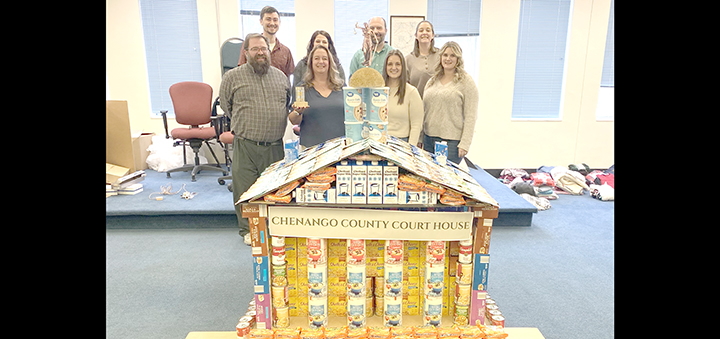
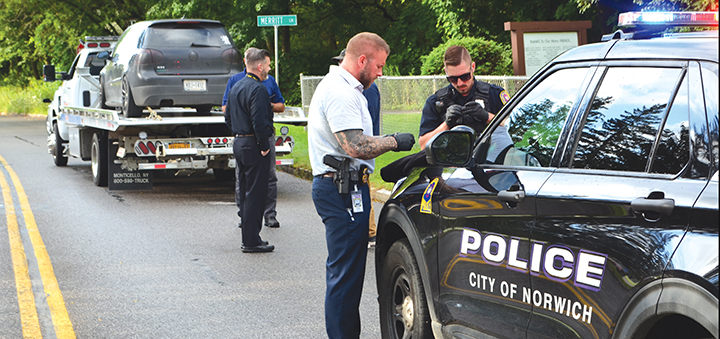
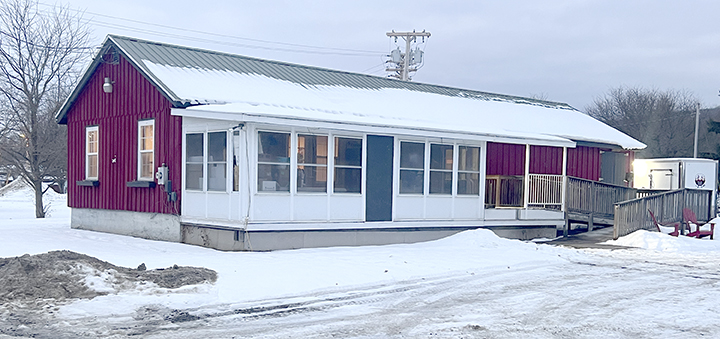

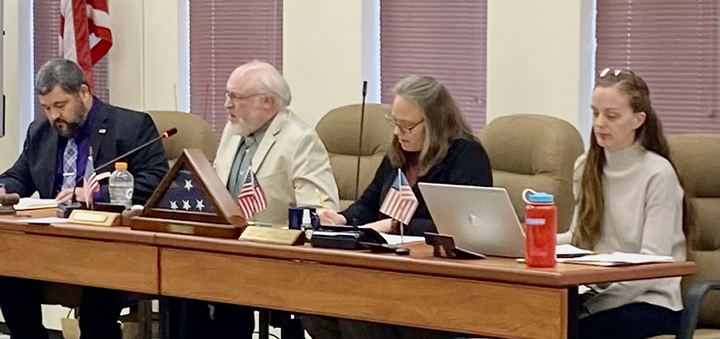
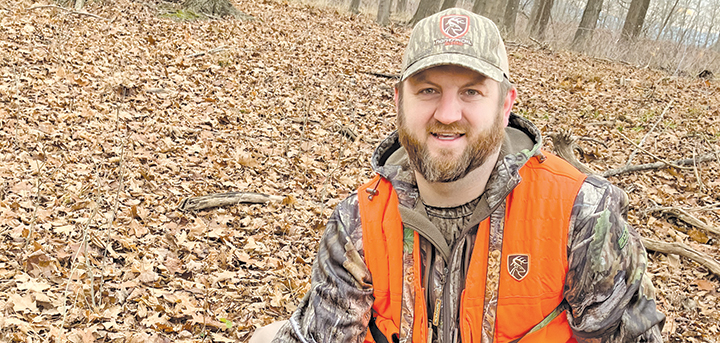


Comments